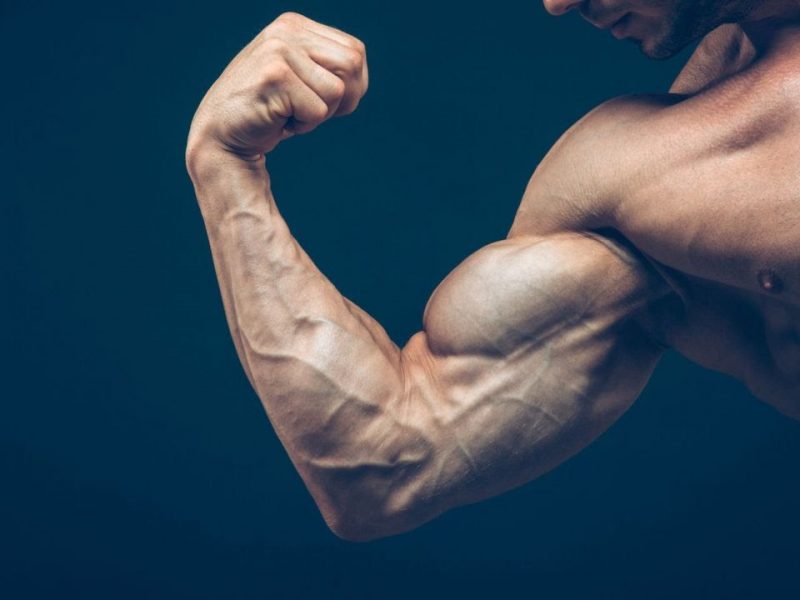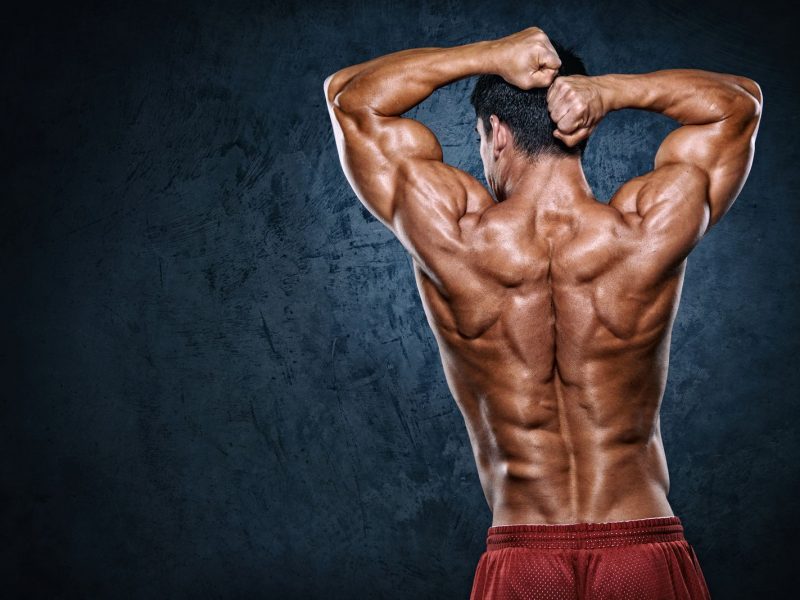Raúl Carrasco, our best IFBB Pro and part of the MASMusculo Team explains to us how the hybrid diet works, do you know it ?.
For a professional bodybuilder things can be very different than for a non-competitive or even competitive athlete, but for everyone, it goes without saying that there are many fad diets that are based on the laws of thermodynamics: calories that Calories in, calories out, and the hybrid diet too?
For any athlete, especially high-performance (competition) bodybuilders, it is a radically different, practical and feasible way to achieve a healthy weight, achieve the desired body composition and substantially reduce the risk of disease.
The hybrid diet : why it works
The hybrid diet mimics the evolutionary design of the body: we are “hybrids” because we can function with glucose from carbohydrates and ketones from our body fat.
In a practical summary, your body thrives on two fuels: ketones generated from fat or glucose from carbohydrates and alternating between the two is the secret that Raúl Carrasco gives us in some of his workshops and seminars, which we summarize, among other concepts.
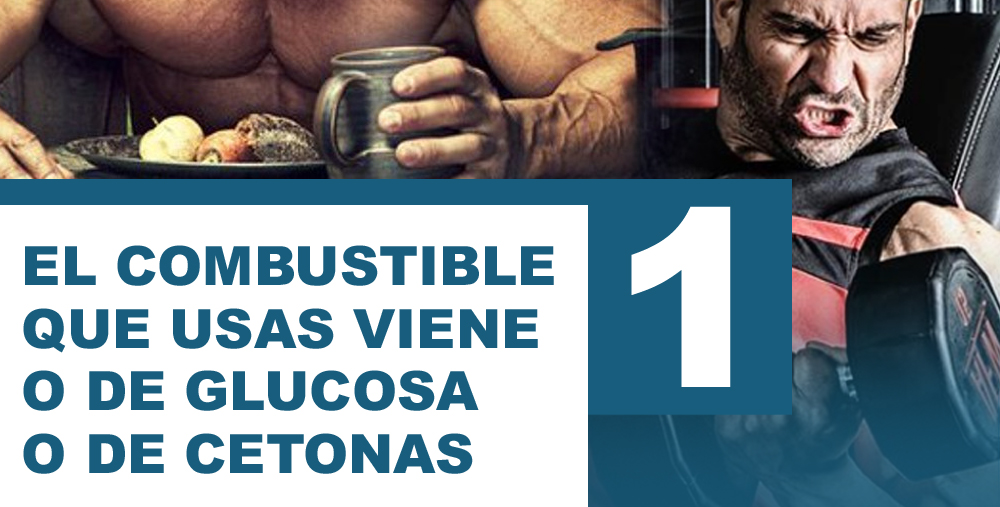
For people who don’t follow a training program or for some who cheat, the worst of both worlds is the combination of saturated fat and refined carbohydrates, the hallmark of junk food.
In the hybrid diet the key is the combination; Alternating between the two options is the athlete’s most important health secret, why?
The answer is that something magical happens when you switch to a diet where you combine slow digesting carbohydrates and high fat. Here, you establish a healthy cycle of growth and repair of new cells, and body fat is burned more efficiently.
- A diet high in healthy fats activates cellular cleansing, repairing the energy factories in the cells.
- A diet low in refined carbohydrates produces clean energy and healthy new cells.
Following a diet like this or adding a certain period to your diet program is like nutritional yoga because you become “adapted to carbohydrates”, wanting less sweet foods and “adapted to fat”, able to burn and get energy efficiently from it.
In the hybrid diet , variation, not moderation, is the key to maintaining good health and slowing down aging, while improving performance if you follow a training program, regardless of your goals .
The hybrid diet : its basics
In the case of the thermodynamic law, it is clear that it does not fail, but when applied to nutrition and calories it becomes irrelevant.
Factors such as resistance to leptin or insulin, the functioning of hormones such as insulin, leptin or glucagon are those hormonal factors in diets applied to bodybuilding and fitness.
In terms of some law, these factors are the most important and are the most fundamental when developing a diet.
From his time competing, Raúl Carrasco indicates that one of the latest trends among bodybuilders is to follow the hybrid diet .
The word “hybrid” has been heard for some time in bodybuilding, applying to both training and nutrition.
Formerly the hypertrophy athlete or the common competition bodybuilder, had a volume period of 3 to 6 months in the year, and then had another 3, 4 or 5 months of definition, that is, he had a hybrid program in one year.
- In 2000, great trainers such as Chad Nicholls or Chris Aceto, began to apply the same correction but in weeks: weeks of discharge, diet, definition, weeks of volume.
Later, applying the mathematical law that in the end has the same result, it was decided to do what was called “carbohydrate cycles” which began to be more comfortable and efficient for the high performance bodybuilder .
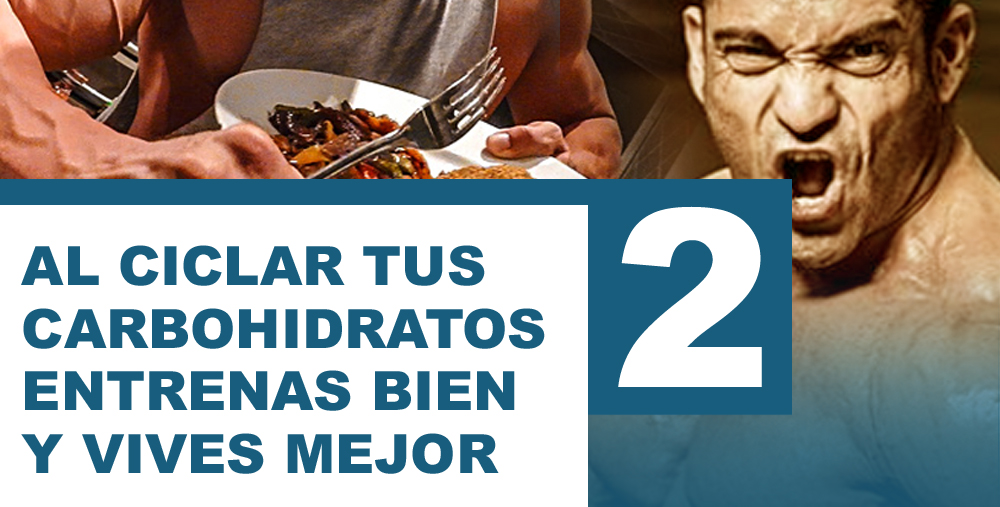
For example 3 days low in carbohydrates, one high, two high, one high, in short, it can be done in many ways, but it is much more bearable than three months without carbohydrates, where it is really bad In addition, there is less resistance to receptors, to leptite and it is more resistant to insulin.
The hybrid diet : its mechanism
The hybrid diet is made up of: the easiest, the most bearable and on a daily basis, a current trend in professional bodybuilding, that is:
- In the morning, for a few hours a hormonal environment is prepared to lose fat, where proteins and fats are consumed.
- From the post-training session, from the end of the training session, protein and carbohydrates are consumed, without having a caloric deficiency.
For example: 400 g of net carbohydrates, is a sufficient amount to have the body in a state of caloric surplus and with enough glucose to obtain energy.
But if you try to define (because there are faster and slower metabolisms) and use 400g of carbohydrates in a diet, it is difficult to lose fat or achieve that low level of fat required for a competition.
This happens because these hydrates are distributed throughout the day: breakfast, before training, in the post-training session, and a hormonal environment is not prepared.
Remember that the hormonal environment is prepared from the morning, consuming 3 to 4 meals in the morning, in which proteins and fats predominate, with very little amount of carbohydrates: no more than 15 to 25 g so that no insulin stimulation occurs, for example:
- A handful of nuts could give you those carbs.
- About 100 g of avocado could give you 10 g of those carbohydrates.
- A 50-60g cup of cooked rice too.
- Two pancakes / oatmeal cakes, etc, etc.
That is, enough so that insulin is not stimulated and this makes the hybrid diet work.
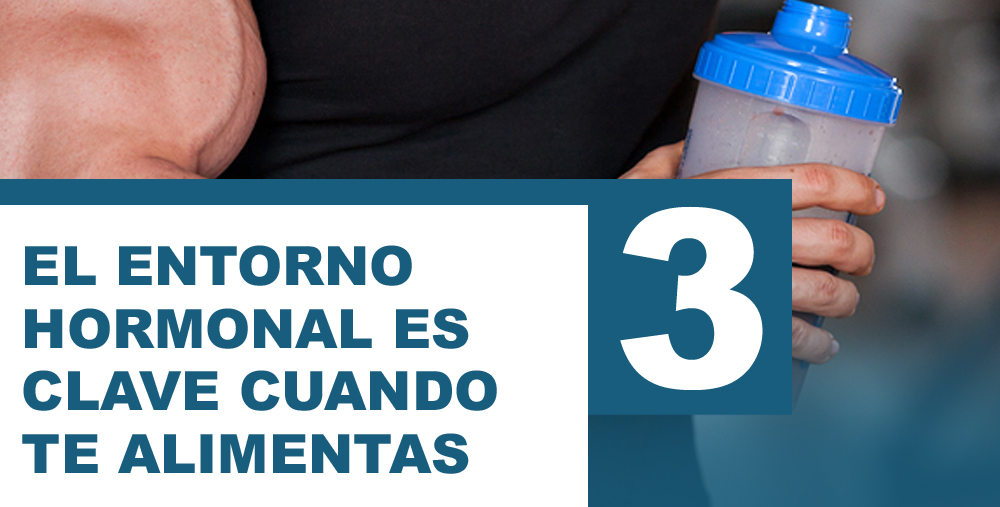
With this you get that the insulin sensitivity is very high for the first shake with many carbohydrates during the training
The carbohydrates of the day
During the morning, the growth hormone predominates throughout that period and, it is what you must continue to maintain or, by stopping consuming carbohydrates or reducing its consumption as much as possible.
But, like the normal kid who does a normal diet (on the one hand volume and on the other hand definition) he consumes 300 g of rice or 200 g of oats in the middle of the morning, cutting off the peak of growth hormone.
If you do this, you can start to become insulin resistant and this can be fatal if you continue doing it for many weeks without switching to another type of diet or alternating with other type / s of diet or, follow the hybrid diet .
- Insulin is very inflammatory: any pain in the knee, elbow or any small inflammation that you have in any part of the body, even if it is a sore in the mouth, it hurts more, you are sleepy, you do not feel like training , you have depression.
- This is because large insulin spikes throughout the day are inhibiting catecholamines: adrenaline, epinephrine and norepinephrine, which are responsible for your feeling good and your well-being.
Fats throughout the day
On the other hand, in a hybrid diet the fat that you should consume should never exceed 15 to 20 g per meal, always approaching the amount of fat that your body needs for its physiological functions. and biological.
Fat is used to regenerate muscle fibers, cells, cell membranes, etc.
Did you know that cell membranes are made of fat? Well, without properly functioning cell membranes, there would be no way to regulate what substances might or might not enter cells, a definite problem.
Fat is also a great insulator, it helps the body maintain a healthy temperature and keeps you warm; in the same way, it also provides cushioning and protects vital organs from damage, however you have to be careful in which type to consume them, whether in volume or definition.
But let’s talk about carbohydrates again, even on a definition diet, which is in contrast to the low-carb diets that many bodybuilders use at that stage where their goal is to stay as dry as possible.
Carbohydrates in post-training
In the case of a definition diet, those 300 or 400 g of carbohydrates should be consumed only after training. In the case of Raúl Carrasco, he follows this type of protocol for an athlete of 95-100 kg:
- 1 liquid drink: 100-110 g of dextrose / malto-dextrin / amylopetin
- 1 hour later: 700 g of potatoes.
- 2 hours later: 400 g of cooked rice and a piece of fruit.
In this case, let’s get down to business: it’s great for maintaining an anabolic environment after training, while building muscle mass from this period.
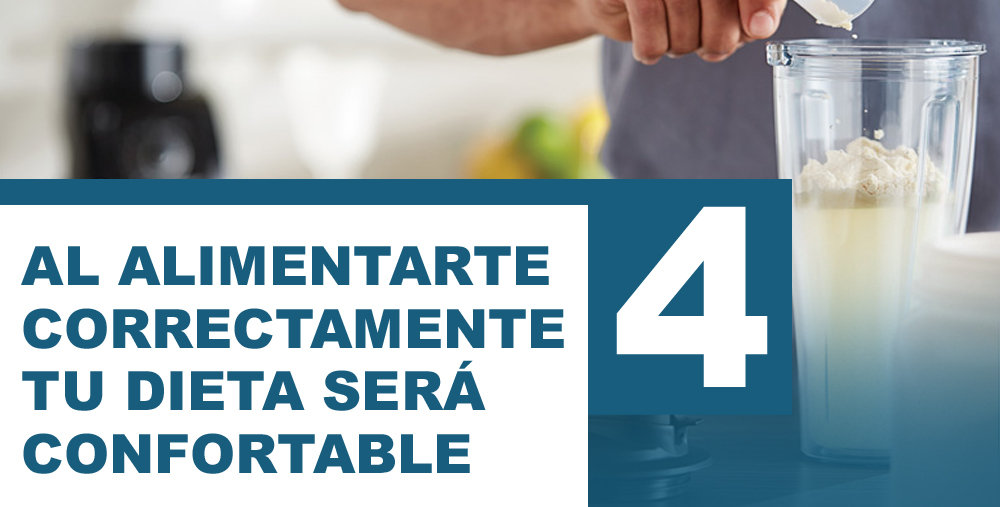
In your liquid drink you can select any quality carbohydrate, according to how you use it and how you feel about it.
With this type of carbohydrate intake it is impossible for you to develop body fat and the insulin sensitivity that you have generated eating very few carbohydrates in the morning and nap is impressive in this post-training period.
The insulin spike: how to take advantage of it?
While doing the hybrid diet , you can even more encourage your growth hormone peak in the morning. How do you do it?
Start doing Cardio Tabata, which many bodybuilders use, which burns fat for EPOC efficiency. At home you can do it following some concepts or take advantage of the recommendations of Iván, our MM Fit trainer who combines aerobics, strength and endurance in the following video.
In just 4-5 minutes you would work at 170 beats and this EPOC process makes you continue to burn fat after breakfast and, as there is no insulin spike, since you have not loaded carbohydrates, you will carry it perfectly without feeling irritated; On the contrary, since you have very low insulin and your adrenaline will be high, you will feel full to train.
- The body does not need 300 g of carbohydrates in the morning, but about 10 g of glucose per hour.
- The body requires these 300 g of carbohydrates at the end of the workout.
In all this, Raúl Carrasco certifies using this type of hybrid diet because he has tried it and with his clients, this being a way of keeping things in place and maintaining the pace you want to avoid frustrations .
Hydrates are functional
To begin with, you should enjoy whole or natural carbohydrates that come in foods such as potatoes or sweet potatoes, however you can also take advantage of a wide variety of meals prepared in your post-workout.
While you spend the day before training you can take advantage of these foods high in protein and fiber and reduced in carbohydrates
- Edamame: The combination of fiber filling and protein makes it a great option when the afternoon craving hits. The bonus?; magnesium-packed soy can help regulate mood.
- Cottage cheese: popularly, cottage cheese is low in sodium and can contain up to 20 grams of protein per cup and lots of probiotics, especially for a long night.
- Peanut butter: Contains 8 grams of plant-based protein per 2-tablespoon serving, plus it’s rich in heart-healthy monounsaturated fats.
- Greek yogurt without sugar: in its natural version, in addition to feeding you, it keeps your intestines and immune system healthy. Its 20 grams of protein per half cup help immune cells to regenerate, being special for the morning or mid-afternoon.
- Sunflower seeds: contain important antioxidants related to improving cognition and heart health, being an incredible source of beneficial fat, protein and fiber between meals.
Well you can use other foods such as vegetable milk, lean meats (white or red), other types of seeds such as flax or pumpkin and of course, EGGS, which can not be missing in a Mediterranean breakfast in a hybrid diet .
The supplementation in a hybrid diet
In the company of Dany Márquez, Raúl Carrasco tells us how to focus on the hybrid diet using five essential supplements both in volume and definition.
The goal would be to maintain an ideal environment to keep the body in the highest anabolic environment possible.
- Alpha Lipoic Acid.
- Chromium Picolinate.
- Resveratrol.
- Fenugreek.
- Berberine.
In this case, these supplements activate the AMPK pathway, directly and indirectly, which helps improve insulin sensitivity.

